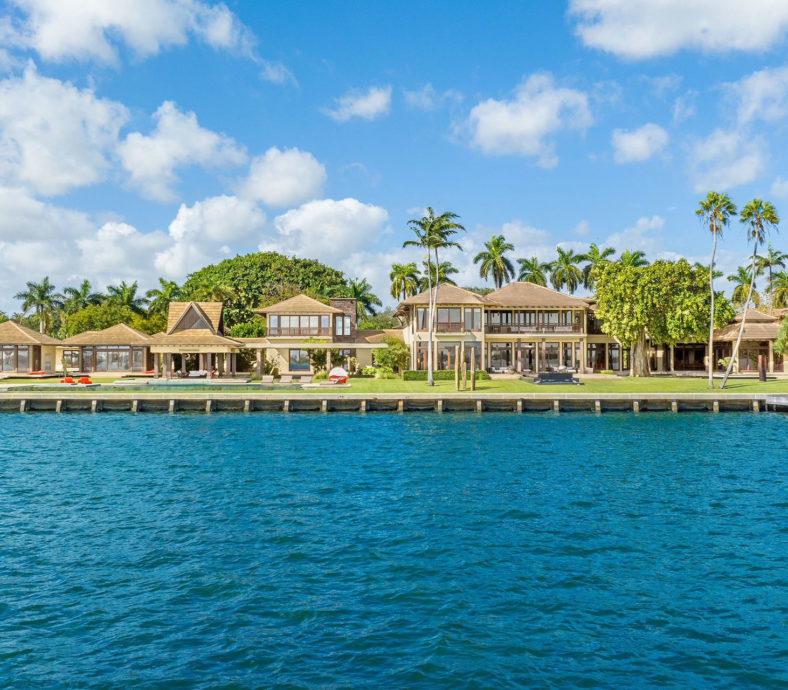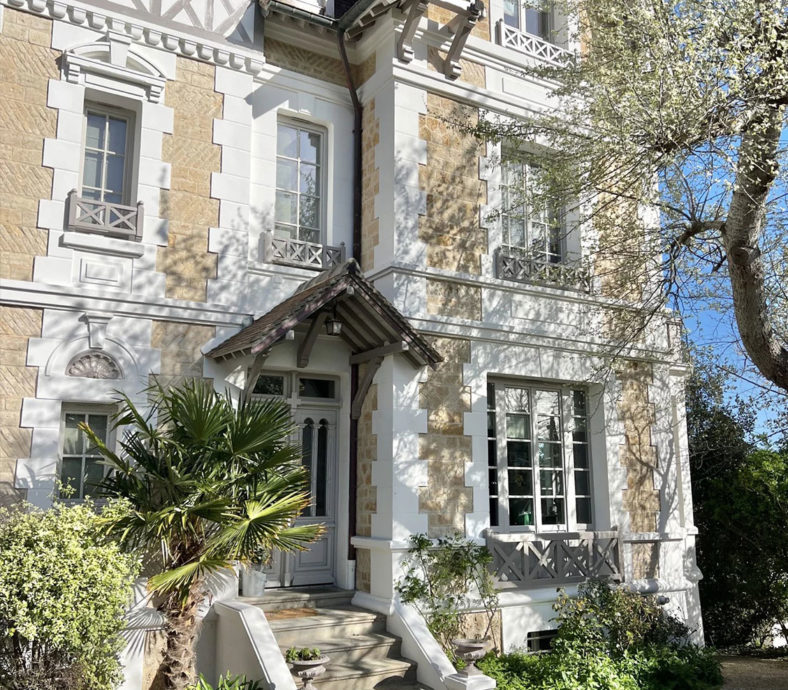Real estate/ INVEST
Bare ownership is a form of real estate investment that is often overlooked, but offers significant advantages. In this article, we explore this concept, its benefits, and its peculiarities, providing a complete overview for potential investors.
What is Bare Ownership?
Bare ownership is a form of divided property ownership where the property right is split into two: usufruct and bare ownership. The bare owner holds the property, but the usufructuary has the use of it and derives income from it until their death or until a predetermined date. This approach offers several advantages for an investor, especially in terms of taxation.
Advantages of Investing in Bare Ownership
Investing in bare ownership is a particularly attractive real estate strategy for many investors. This mode of acquisition offers several advantages, both fiscally and financially, making bare ownership investment a serious option to consider for diversifying and optimizing a real estate portfolio.
Tax Optimization
Investing in bare ownership offers significant tax advantages:
- Income Tax on Rental Income: During the period of usufruct, the bare owner is not taxed on rental income, as they do not receive any. The usufructuary is responsible for these incomes.
- IFI (Real Estate Wealth Tax): The bare owner does not have to declare the property for IFI purposes during the usufruct period, which can represent significant savings for investors subject to this tax.
- Property Tax: Usually, it is the usufructuary who is responsible for paying the property tax.
No Property Management Required
Another significant advantage is the absence of property management. During the period of usufruct, it is the usufructuary who is in charge of managing the property, including maintenance and any necessary repairs. This means that the bare owner investor does not have to worry about the day-to-day management of the property, which can be particularly appealing for those who do not wish to actively manage their real estate investments.
Long-Term Capital Gain Prospects
Upon the expiration of the usufruct, the bare ownership and usufruct automatically reunite to form full ownership without any additional costs. At this point, the investor can either sell the property, potentially realizing a significant capital gain due to the appreciation of the real estate over time, or keep it to generate rental income or for personal use.
Estate Planning: Using Bare Ownership for Optimized Wealth Transfer
Estate planning is a crucial aspect of wealth management, and bare ownership emerges as a strategic tool for optimizing the transfer of real estate. This aspect of bare ownership offers investors a way to reduce the tax costs associated with inheritance while ensuring a smooth transition of assets to heirs.
Fundamental Principles
In the context of estate planning, bare ownership allows for the separation of property ownership into two parts: usufruct and bare ownership. When an owner transfers the bare ownership to their heirs while retaining the usufruct, they continue to enjoy the property (living in it, receiving rents, etc.) until their death. At that point, the bare ownership and usufruct automatically reunite, without additional costs, to form full ownership for the benefit of the heirs.
Tax Advantages
One of the major advantages of transferring property through bare ownership lies in the significant reduction of inheritance taxes. The value of the bare ownership is calculated based on the age of the usufructuary at the time of transfer, which can considerably reduce the taxable base.
- For those under 61 years, the value of the bare ownership is estimated at 60% of the property’s value.
- From 61 to 70 years, it drops to 50%.
- Beyond 71 years, it is only 30%.
This discount allows heirs to pay reduced inheritance taxes, making the transfer more financially advantageous.
Long-Term Strategy
Bare ownership is particularly suited for those who wish to plan their succession without dispossessing themselves of the use of their property. This ensures continuity in the enjoyment of the property for the owner while guaranteeing a simplified and less expensive transfer to the heirs.
Important Considerations
It is crucial to note that this strategy requires thorough planning and reflection. The duration of the usufruct, the age of the usufructuary, and the tax situation of the heirs are elements to consider. Moreover, it is important to consult a wealth management expert or a notary to adapt this strategy to one’s personal situation and specific objectives.
Risks and Considerations of Investing in Bare Ownership
While investing in bare ownership offers numerous advantages, it is essential to consider certain risks and considerations specific to this type of investment. A thorough understanding of these aspects is crucial for assessing the suitability of this investment according to your profile and financial goals.
Absence of Immediate Rental Income
One of the main drawbacks of investing in bare ownership is the absence of rental income during the usufruct period. When you invest in bare ownership, you acquire the property, but the usufructuary (who may be the seller or another party) retains the right to use the property or to collect the rental income until the end of the usufruct period. This period can last several years, often between 15 and 20 years. During this time, you will not benefit from any rental income generated by the property.
Duration of the Usufruct
The duration of the usufruct is a determining factor in bare ownership investment. It must be clearly defined and understood before committing to such an investment. A longer usufruct period may mean a lower initial acquisition cost, but it also prolongs the period during which you will not receive rental income and cannot freely dispose of the property.
Condition of the Property at the End of the Usufruct
At the end of the usufruct period, the real estate is automatically transferred to full ownership to the bare owner. However, the condition of the property at that time is an important consideration. The usufructuary is responsible for the routine maintenance of the property, but not necessarily for major repairs or improvements. Therefore, the property may require additional investments to be upgraded or to be rented or sold.
Risks Associated with the Usufructuary
There is a risk associated with dependence on the usufructuary. If the usufructuary encounters financial difficulties or neglects the maintenance of the property, this can affect the future value of the property. Moreover, in the event of the premature death of the usufructuary, full ownership may be reconstituted earlier than expected, which could require a reevaluation of your investment plan.
Fluctuations in the Real Estate Market
Like any real estate investment, bare ownership is subject to market fluctuations. The value of the property at the end of the usufruct period could be lower than expected, thus affecting the overall return on investment.

In summary
Investing in bare ownership represents a particularly interesting real estate investment strategy, distinguished by its tax advantages and increased accessibility. This form of investment offers unique opportunities, especially in terms of reducing acquisition costs and optimizing tax benefits. However, as with any investment, it is imperative to conduct a thorough evaluation of the inherent advantages and risks.
The success of an investment in bare ownership largely depends on a deep understanding of its structure, including the duration of the usufruct, the condition and management of the property, as well as potential fluctuations in the real estate market. Therefore, it is essential to thoroughly research and consult experts, such as real estate professionals or wealth management advisors, for a detailed analysis tailored to your personal situation.
In conclusion, while investing in bare ownership can prove to be a beneficial and strategic option, a cautious and informed approach is crucial for navigating this specific area of real estate investment and for making a well-informed decision.
Article by P.M Retvel




